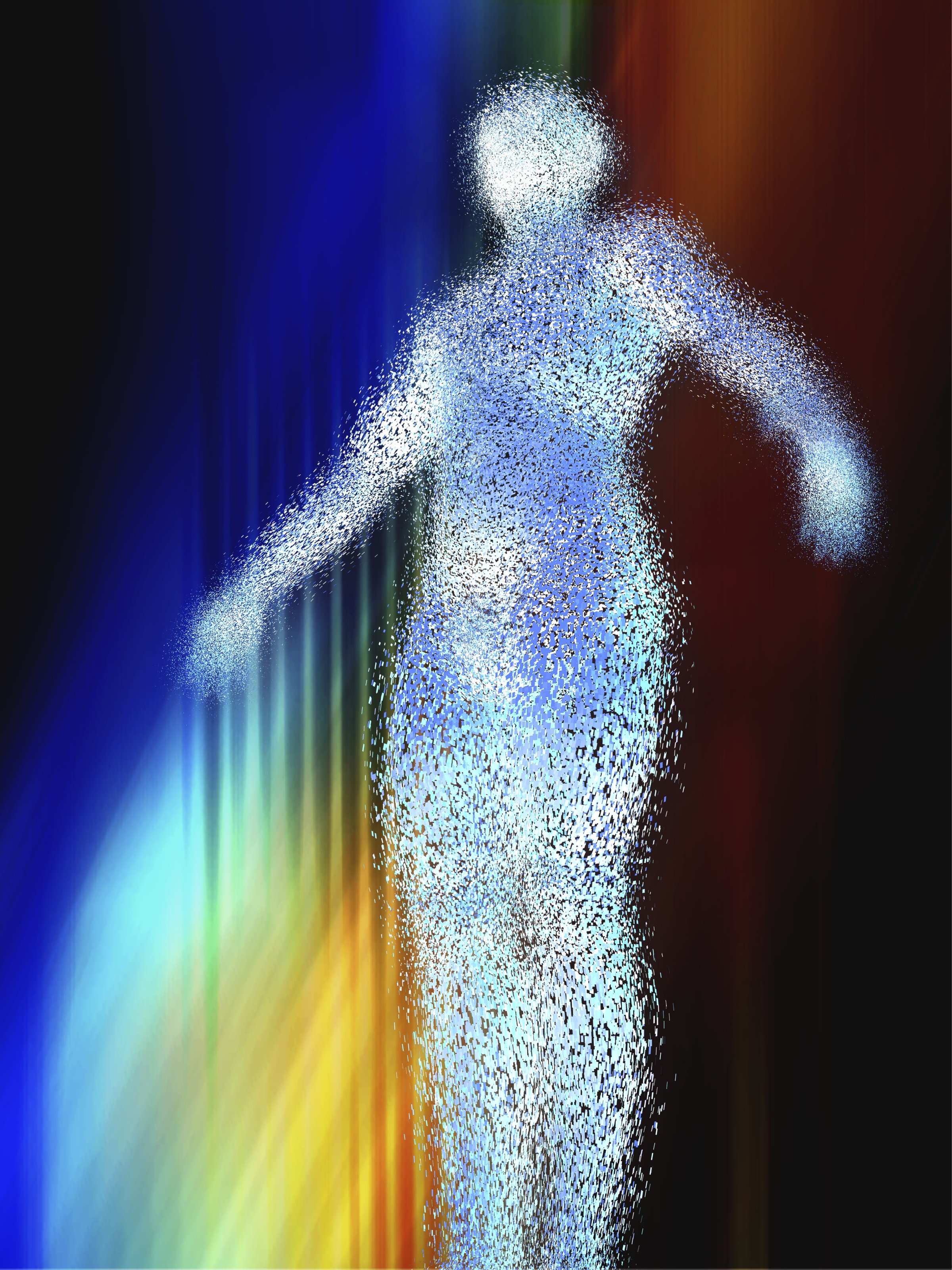
The future has a way of becoming the past. Men on the moon? Check. Picture phones? Thank you, Skype. But teleportation? Not so much. The idea of breaking yourself down to your constituent molecules, beaming yourself across space and reassembling somewhere else sounds cool, but there are problems. For one, there’s The Fly. For another, it’s monstrously difficult.
But teleporting information is another matter. And in a new study just published in Science, researchers at the Delft Institute of Technology in The Netherlands have revealed that they’ve done just that—sort of.
What the Dutch physicists did involved something called quantum entanglement, which Einstein once described as “spooky action at a distance,” a term that pretty much describes what it is. Entangled particles are sort of the dysfunctional couples of quantum physics. You know that long-distance relationship you had in college that didn’t really work out and every time you and your significant other got on the phone or exchanged an e-mail you wound up getting into a fight and feeling a whole lot lousier than you did five minutes before? That’s action at a distance.
The same is true of entangled particles, except if quantum theory is right, the interaction can take place across infinite distances and instantaneously. That means that the spin rate and direction of one particle—which is how the behavior of these things are measured–will determine the spin rate and direction of its entangled partner on the other side of the universe, effectively simultaneously.
How does it work? Easy: First quantum stuff happens, then more quantum stuff follows and there are lots of equations that explain it all but they’d definitely give you a headache and they’d make you feel lazy for taking a gut major like political science as an undergrad—or at least that’s how they make me feel—so spare yourself that.
The point is, the Delft researchers proved the principle by isolating target entangled electrons inside two supercooled diamonds placed 10 meters—or 33 ft.—apart, creating what one of the physicists described as “miniprisons” for them. They then maniupulated their spin rate and determined that the behavior of one indeed continued to determine the spin of the other, and vice versa, even at that distance. Something similar had been achieved before, in 2009, by University of Maryland researchers, but the experiment worked only one out of every 100 million attempts. This one succeeded 100% of the time. Next, the Dutch plan to expand their work—literally—trying to see if the quantum entanglement holds at a distance of 1 kilometer, or .62 mi.
This matters for reasons that go beyond just allowing you to say things like spooky action at a distance, though that is admittedly pretty cool. Spin rate, to a quantum particle, counts as information, and information is what computers traffic in. But unlike traditional bits of information, which can have only one of two values—1 or 0—quantum bits, or qubits, can have an infinite number. Computers built of quantum particles entangled at a distance could be to contemporary computers what contemporary computers are to scratch marks on a flat stone. Don’t trade in your MacBook yet—but don’t say you weren’t warned.
More Must-Reads from TIME
- Donald Trump Is TIME's 2024 Person of the Year
- Why We Chose Trump as Person of the Year
- Is Intermittent Fasting Good or Bad for You?
- The 100 Must-Read Books of 2024
- The 20 Best Christmas TV Episodes
- Column: If Optimism Feels Ridiculous Now, Try Hope
- The Future of Climate Action Is Trade Policy
- Merle Bombardieri Is Helping People Make the Baby Decision
Write to Jeffrey Kluger at jeffrey.kluger@time.com